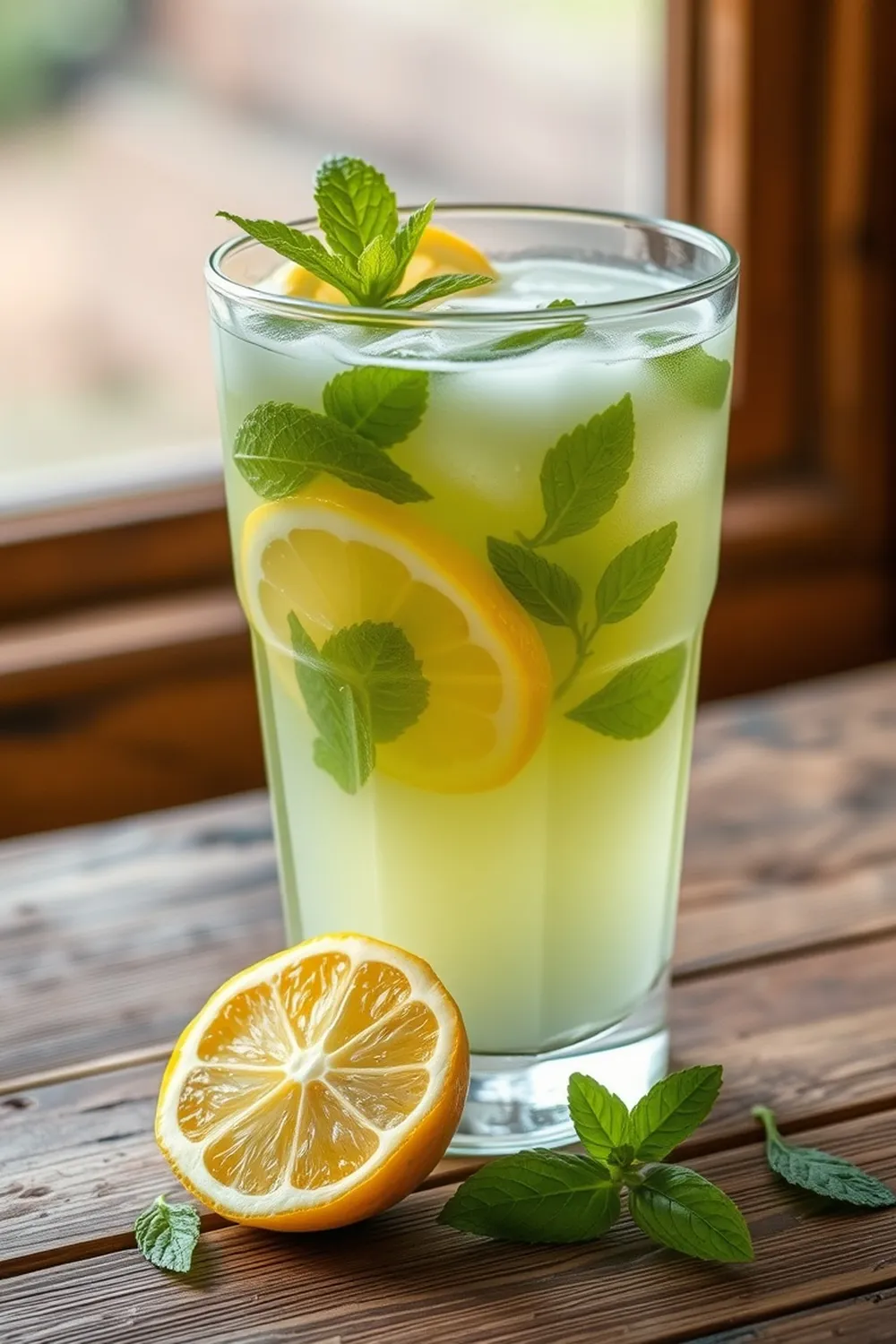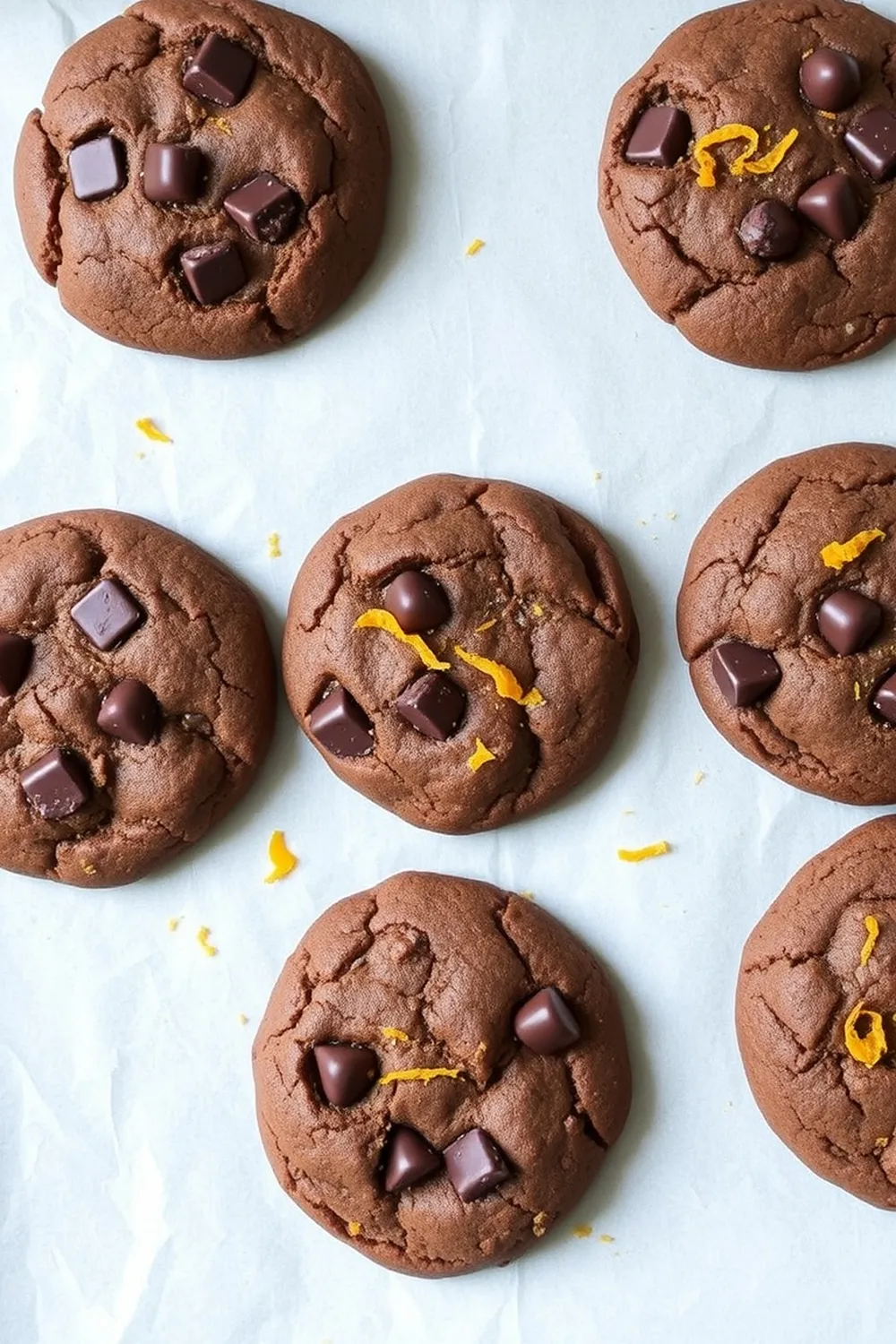- Melt unsalted butter in a light-colored pot over medium-low heat.
- Simmer gently, stirring occasionally, until milk solids form and foam rises. Continue simmering until all moisture has evaporated (bubbling will subside).
- Continue cooking on low heat until milk solids sink to the bottom and turn golden brown, releasing a nutty aroma. Be careful not to burn them.
- Strain the clarified ghee through cheesecloth into a dry, sterilized jar, discarding the browned milk solids.
- Cool completely before sealing. Store in a cool, dark place or refrigerate for extended shelf life.
- Calories:120 kcal25%
- Energy:502 kJ22%
- Protein:g28%
- Carbohydrates:mg40%
- Sugar:mg8%
- Salt:g25%
- Fat:14 g20%
Last Updated on 3 months by Neha Deshmukh
Authentic Ghee Recipe – Homemade Clarified Butter Guide
Hey everyone! If you’ve ever wondered what makes Indian food so incredibly flavorful, a big part of the secret lies in ghee. Seriously, this stuff is liquid gold! I remember the first time my grandmother let me help her make ghee – the aroma filled the whole house, and I was instantly hooked. It’s surprisingly easy to make at home, and honestly, once you taste homemade ghee, you’ll never go back to store-bought. Let’s dive in!
Why You’ll Love This Recipe
This ghee recipe is all about simplicity and flavor. Making ghee at home allows you to control the quality of the butter, resulting in a richer, more fragrant final product. Plus, it’s incredibly versatile – from everyday cooking to traditional remedies, ghee has a place in almost every Indian kitchen (and yours, soon!). You’ll love how easy it is to make, and the incredible depth of flavor it adds to everything you cook.
Ingredients
- 4 sticks (226g) unsalted butter
Ingredient Notes
Okay, let’s talk butter. This is the most important part of making ghee. You absolutely want to use high-quality unsalted butter. Why unsalted? Because you want to control the salt level in your final product.
Now, about grass-fed vs. regular butter… Grass-fed butter will give you a slightly richer, more complex flavor, and it’s packed with nutrients. But honestly, good quality regular butter works beautifully too! Don’t stress too much if grass-fed isn’t accessible – just choose a butter you trust and enjoy. The better the butter, the better the ghee.
Step-By-Step Instructions
Alright, let’s get cooking! It’s a pretty hands-off process, which is great.
- Melt the butter in a light-colored, heavy-bottomed pot over medium-low heat. A light-colored pot helps you see the color changes as the ghee cooks.
- Let it simmer gently, stirring occasionally. You’ll start to notice milk solids forming and rising to the surface, creating a foamy layer. This is good! We want those solids to do their thing.
- Keep simmering, and allow all the moisture to evaporate completely. You’ll know it’s happening when the bubbling slows down and almost stops.
- Now, this is where the magic happens. Continue cooking on low heat. The milk solids will start to sink and turn golden brown. You’ll also notice a wonderfully nutty aroma filling your kitchen. This is exactly what we’re looking for!
- Once the solids are golden brown and the aroma is strong, carefully strain the liquid ghee through a few layers of cheesecloth into a clean, dry, sterilized jar. Discard the browned milk solids (but don’t feel bad – they’ve done their job!).
- Let the ghee cool completely before sealing the jar. Store it in a cool, dark place, or in the refrigerator.
Expert Tips
Making ghee is pretty straightforward, but here are a few things to keep in mind:
- The Stages: Pay attention to the stages! First, you’ll see the milk solids forming. Then, bubbling. Then, that amazing nutty aroma and golden color. These are your cues.
- Low and Slow: Keep the heat low. You don’t want to burn the ghee. Patience is key!
- Color is Key: The color should be a beautiful golden hue, not dark brown. Dark brown means it’s burned, and you’ll have to start over.
- Don’t Walk Away: While it’s mostly hands-off, check on it frequently, especially towards the end, to avoid burning.
Variations
Want to get creative with your ghee? Here are a few ideas:
- Different Butters: My friend swears by using European-style butter for a super rich ghee. It’s worth a try if you can get your hands on some!
- Slow Cooker Ghee: If you want a truly hands-off method, you can make ghee in a slow cooker! Just melt the butter on low for 6-8 hours, then strain.
- Infused Ghee: Once the ghee has cooled slightly after straining, you can add spices like cardamom, cloves, or cinnamon sticks for an infused flavor. Let it sit for a few hours before removing the spices. My family loves a cardamom-infused ghee for desserts.
Serving Suggestions
Ghee is incredibly versatile! Here are a few ways to use it:
- Indian Cooking: It’s a staple in Indian cuisine! Use it for sautéing vegetables, making dal, or drizzling over rice.
- Roasting Vegetables: Toss your veggies in ghee before roasting for extra flavor and crispiness.
- Baking: Substitute ghee for butter in your favorite baking recipes. It adds a lovely nutty flavor.
- Ayurvedic Practices: Ghee is used in Ayurveda for its health benefits.
Storage Instructions
Homemade ghee is pretty stable.
- Room Temperature: Properly made ghee can be stored at room temperature in a sealed container for up to 3 months.
- Refrigeration: Refrigerating it will extend the shelf life to 6-12 months.
- Signs of Spoilage: If it develops an off smell or taste, or if mold grows, discard it.
FAQs
Let’s answer some common questions!
Q: What is the difference between ghee and clarified butter?
A: Both are made by removing milk solids from butter, but ghee is cooked for longer, giving it a deeper, nuttier flavor and aroma. Ghee also has a higher smoke point than clarified butter.
Q: How can I tell when the ghee is done?
A: Look for golden brown milk solids at the bottom of the pot and a strong, nutty aroma. The bubbling will also have subsided.
Q: Can I use salted butter to make ghee?
A: It’s not recommended. The salt can burn and affect the flavor of the ghee. Always use unsalted butter.
Q: What do I do with the milk solids left after straining?
A: They’re often discarded, but some people like to use them as a flavorful topping for rice or vegetables!
Q: How does the quality of butter affect the final ghee product?
A: Significantly! Higher quality butter will result in a richer, more flavorful ghee. It’s worth investing in good butter for the best results.
Enjoy making your own ghee! I hope this recipe brings as much joy to your kitchen as it does to mine. Let me know how it turns out in the comments below!










